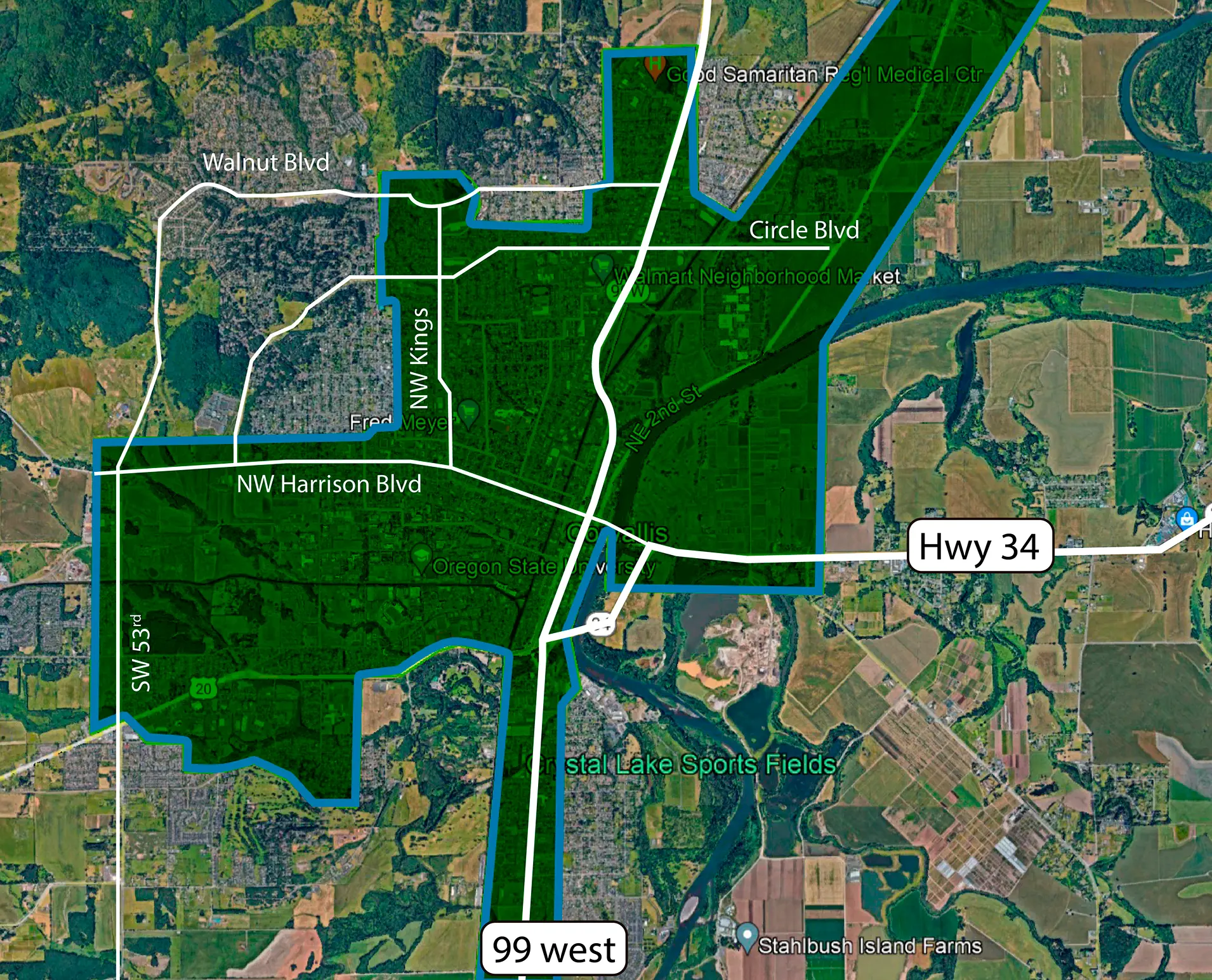Think of your network like a fast road between offices or customers, but instead of talking about speed, you’re talking about latency. Network latency is that crucial delay between sending a data “packet” and when it arrives. In plain terms, what is latency in networking? It’s the time lag between cause and effect: send a request, wait for a response.
Let’s simplify this concept, shall we?
What Is Network Latency?
At its essence, latency in networking refers to the round‑trip time it takes for data to go from point A to point B and back. Terms like “what is network latency” or simply “what is latency” all point to the same idea: the delay you experience in data transmission. When you hear “high latency,” that means long delays, whereas low network latency gives you near‑instant response times.
Another everyday phrase is internet latency, which is the delay when you click a link and your browser waits for the page to load. The shorter the delay (low latency network), the smoother and more responsive everything feels.
Why Latency Matters to Your Business
Nobody likes to wait. Delays cost money, reputation, and productivity.
- Video calls & real‑time comms: Picture a video conference that’s plagued with freeze frames or lagged audio. That’s high latency meaning degraded meeting quality.
- Cloud apps and SaaS tools: A CRM that takes seconds longer to load leads to frustrated staff and slower workflows.
- VoIP & customer service: Delayed voice transmissions create awkward pauses, interrupt conversations, and increase support time.
- Gaming, trading, streaming: Every millisecond matters. If your competitors are on a low latency network, they’re getting micro‑seconds of edge you’re not.
Ultimately, how does latency affect bandwidth? Think of bandwidth as how much data you can shove down the pipe, and latency as how long each bit of data takes to travel. You might have a high‑bandwidth connection, but if latency is high, that bandwidth can’t be fully utilized, leading to choppy performance even though “the road is wide.”
Common Culprits: What Causes High Latency in Networks?
Several things can jam traffic or slow it down:
- Physical distance (propagation delay): Data traveling long distances, say, halfway around the world, takes longer. This is one of the most fundamental reasons.
- Routing & hops: Each time data switches between routers, or “hops”, there’s extra processing time. More hops, more delay.
- Network congestion: Too many applications fighting for bandwidth? That creates queuing and delays.
- Hardware limitations: Slow network cards, old routers, or overloaded servers can introduce lag.
- Wireless interference: Signals bouncing off walls, congestion from neighboring networks, or physical barriers all contribute.
- TCP/IP acknowledgments: In some protocols, each packet must be acknowledged before sending the next, adding time.
So when people ask “why latency is high” or “what affects latency,” these are the typical culprits.
Measuring Typical Network Latency
What’s typical network latency? For local LANs, it might be under 1 ms, blazing fast. Over the public Internet, everyday delays range between 20 and 100 ms, depending on geography and routing. High latency, meaning values over 150 and 200 ms, is generally noticed by users, especially in interactive applications.
These numbers help frame expectations: if your user says “it feels slow,” compare it to typical network latency benchmarks.
Consequences: Latency vs. Bandwidth
Let’s revisit: you may invest in high bandwidth but ignore the lurking threat of latency. In a network with high bandwidth and high latency, big files still transfer, but every new request or small‑sized data exchange feels sluggish. The network becomes less “snappy.”
Here’s how latency affects network performance:
- Slow start times for applications
- Jerky streaming or glitchy video
- Delays in remote collaborations and data syncs
- Inefficient utilization of bandwidth, you’re not using your pipeline’s full potential because each transaction waits before starting the next
In short, a fast but delayed connection can feel worse than a slower one with low latency.
What Does Latency Mean for Different Use Cases?
- Cloud‑based tools: Store data in the cloud and compute far from users? Latency becomes a critical bottleneck.
- Edge computing: Placing computing resources closer to users helps reduce the delays that cause high latency in networks.
- Gaming or trading: Milliseconds are margins. Low latency network is practically your competitive advantage.
- Streaming and VoIP: Real‑time multimedia hates waiting. If high latency meaning is 200 ms+, expect echoes, buffering, dropped frames.
What You Can Do to Improve Latency
- Select low‑latency links: Fiber, MPLS, or SD‑WAN connectors with optimized paths.
- Edge servers and CDNs: Bring content and compute closer to users.
- Optimize routing: Fewer hops, smarter path selection, and compression can shave off precious milliseconds.
- Upgrade hardware: Modern routers, switches, network interface cards.
- QoS policies: Prioritize latency‑sensitive traffic like VoIP or database access.
- Monitor continuously: Track latency in networking over time, spikes vs. average vs. baseline.
- Bandwidth tuning: It’s not just speed; it’s response. Cut down on unnecessary traffic that congests paths.
Wrapping It Up
So, what is latency internet‑wise? It’s the waiting time baked into every digital interaction, caused by distance, hardware, traffic, and more. When companies ask, “what does latency mean for us?”, the answer is simple: it affects productivity, user experience, and competitiveness.
Low network latency isn’t a luxury, but rather a core performance factor today. If you know the causes of high latency in networks, you can fix them. Armed with tools to monitor, optimize, and reduce latency, your business can deliver fast, reliable services. As bandwidth grows, do not forget: without low latency, that bandwidth doesn’t shine.
If your business relies on fast, reliable connectivity, reducing latency should be a top priority. Whether you’re running cloud apps, video conferencing, or mission-critical services, LS Networks can help you design a low-latency network tailored to your needs.
Ready to improve your network performance? Contact LS Networks today.





